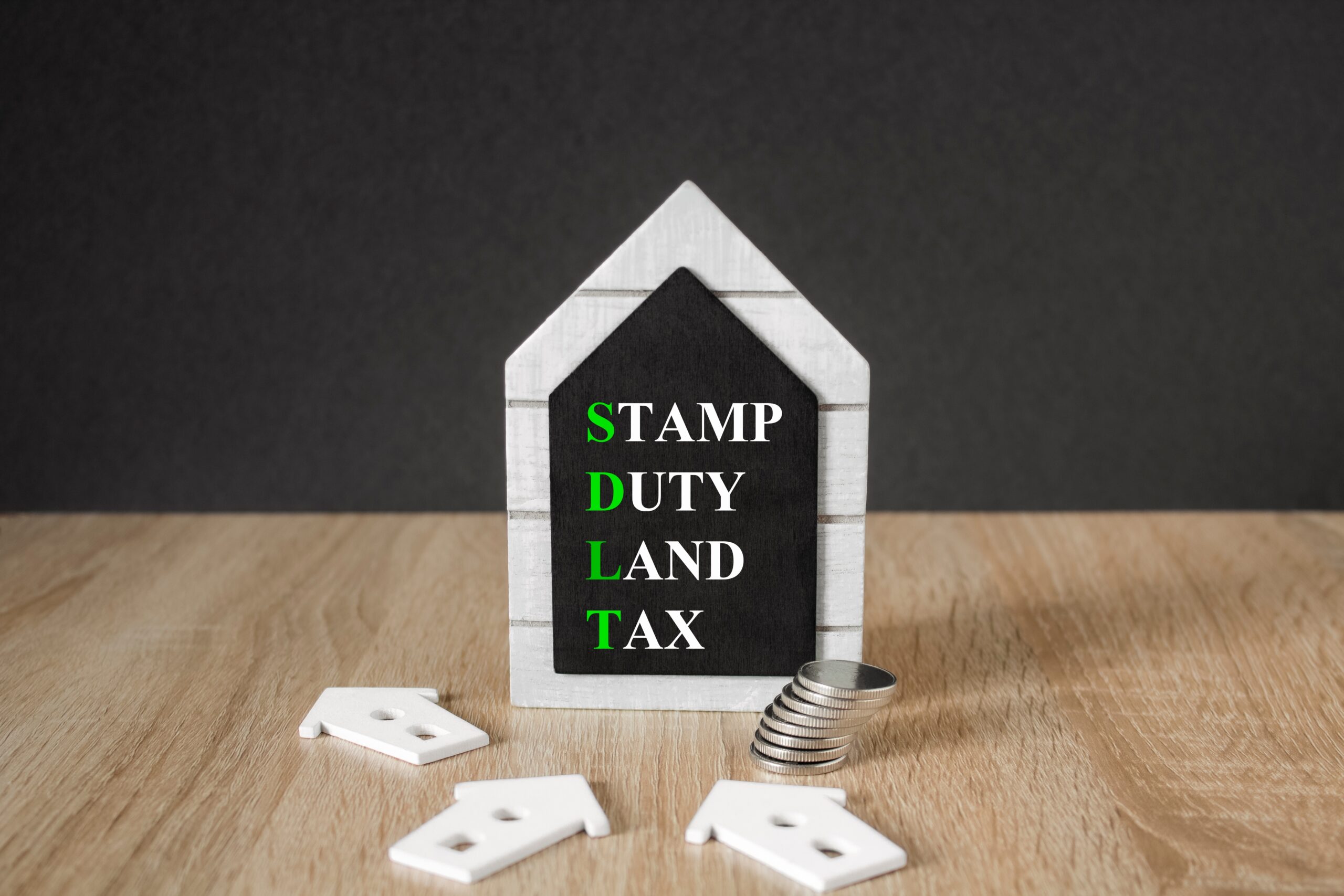
What landlords should expect with Stamp Duty on HMO properties
05-07-2025 | FinancialHouses in Multiple Occupation (HMOs) can be an attractive option for landlords as they often bring in more money than single-let homes. But when people want to buy or convert an HMO, they commonly ask, “How does Stamp Duty on HMO property work?”
The rules around Stamp Duty Land Tax (SDLT) can be confusing, especially when you’re dealing with multi-unit dwellings, valuation questions, or property conversions. Pay too much and you could be out of pocket; pay too little and you could be in trouble and receive penalties from HMRC.
This post will explain how SDLT works for HMOs, if they’re treated differently from standard buy-to-lets, and how to avoid common mistakes that could cost you more money.

What landlords need to know about stamp duty
In England and Northern Ireland, you have to pay Stamp Duty Land Tax on most property acquisitions. For landlords, the most important things to know are:
- SDLT applies to both freehold and leasehold purchases.
- Additional property surcharge: Most landlords pay an extra 3% on top of the standard SDLT rates when buying another residential property.
- The surcharge is calculated on the full purchase price.
It’s important to know how the stamp duty on HMO property is calculated, whether you’re purchasing one outright, adding one to your portfolio, or turning a single house into one.
GOV.UK has the most up-to-date SDLT rates.
Are HMOs treated differently for Stamp Duty?
In most cases, stamp duty on HMO property is calculated in the same way as for other residential buy-to-let properties, meaning you’ll pay the standard rate plus the 3% surcharge if you already own another property.
But there are several differences:
Full HMO purchase: If you acquire a whole building that is an HMO, SDLT is based on the overall price of the building.
Individual HMO rooms: Buying distinct rooms in an HMO (with separate leases) may be regarded differently, which could mean that the effective rates are higher if the transactions are seen as independent.
Mixed-use properties: If part of the property is for business (such as a shop on the ground level with HMO units above), the non-residential SDLT rates may apply. These rates are usually lower and don’t include the 3% extra.
The 3% surcharge for HMO purchases
For most landlords, the 3% surcharge applies to stamp duty on HMO property purchases. This is because:
- The property is classed as residential for SDLT purposes.
- You already own at least one other property.
Example:
You purchase an HMO for £500,000.
- Standard SDLT (residential rates) = £15,000.
- 3% surcharge = £15,000.
- Total SDLT payable = £30,000.
The surcharge applies even if the HMO contains multiple rooms and tenants, as long as it’s considered one residential property for tax purposes.

SDLT implications when converting a property into an HMO
If you buy a single property and later convert it into an HMO, your stamp duty on an HMO is based on the property’s classification and value at the time of purchase, not after the conversion.
That means:
- You won’t pay extra SDLT just for converting to an HMO.
- However, if the purchase was incorrectly classified (e.g., as non-residential), HMRC may review and reassess.
If you buy other homes or flats next to the ones you already own to make the HMO, you will have to pay SDLT on those transactions individually.
Valuation and classification challenges
Landlords often have trouble figuring out how much HMOs are worth and what kind of property they are for SDLT reasons.
Valuation: SDLT is based on the agreed-upon purchase price; however in cases with more than one residence, the average price per unit may be important if Multiple Dwellings Relief (MDR) applies.
Classification: HMOs are usually thought of as residential, even though they have their own requirements for planning and licensing. But certain bigger HMOs with shared facilities aren’t regarded as self-contained homes for council tax purposes. However, SDLT laws still see them as residential.
Can Multiple Dwellings Relief apply to HMOs?
Yes, you may be entitled to get Multiple Dwellings Relief if your HMO is made up of distinct self-contained units, like bedsits or flats with their own kitchens and bathrooms. This can lower the overall stamp duty on HMO property by calculating SDLT based on the average price per unit.
However:
- MDR doesn’t apply if the rooms are just bedrooms with shared facilities.
- Claims must be supported by evidence of self-containment and separate utility metering or postal addresses.
If MDR was missed at purchase, you may be able to apply for a rebate within HMRC’s time limits.
Common mistakes that lead to overpayment
Many landlords pay more than necessary on stamp duty on HMO property because of:
- Not checking whether MDR applies
- Incorrectly assuming mixed-use rates don’t apply when part of the property is commercial
Solicitors charging the 3% fee “by default” without looking at your situation
Not realising that a past purchase could qualify for a rebate
If you catch them in time, you can frequently get back overpayments, but HMRC deadlines are strict.
How to avoid problems when buying an HMO
To ensure you pay the correct stamp duty on HMO property:
- Before you buy, make sure you know what kind of property it is: residential, commercial, or mixed-use.
- If there are different self-contained units, think about MDR.
- Keep records including floor plans, tenancy agreements, planning permissions, and licensing records. They can aid you with SDLT claims.
- Hire an SDLT expert. Not all lawyers are experts at dealing with complicated SDLT situations, especially when it comes to HMOs.
Why getting SDLT right matters for landlords
If you pay too much SDLT you won’t have as much money available for repairs, licensing fees, and emergency maintenance. If you don’t pay enough, HMRC may charge you extra fees and interest.
Understanding how SDLT applies to HMOs ensures you’re:
- Fully compliant with the law
- Not overpaying unnecessarily
- Structuring purchases in the most tax-efficient way possible
Stamp duty on HMO property is a crucial part of your investment calculations, whether you’re buying a ready-made HMO or changing an existing house. For SDLT purposes, most HMOs are classified like regular homes meaning the 3% surcharge will probably apply. However, there are some exceptions, especially for mixed-use properties or those that qualify for Multiple Dwellings Relief.
You can avoid expensive mistakes and keep your property business running profitably by knowing the rules, getting professional guidance, and keeping accurate records.
At CIA Landlords, we help landlords protect their properties with tailored insurance solutions from HMOs to single lets and portfolios. Call us on01788 818 670 today for expert advice and competitive landlord insurance quotes.
We won't be beaten on any like for like landlord insurance quote.
Get a quote
